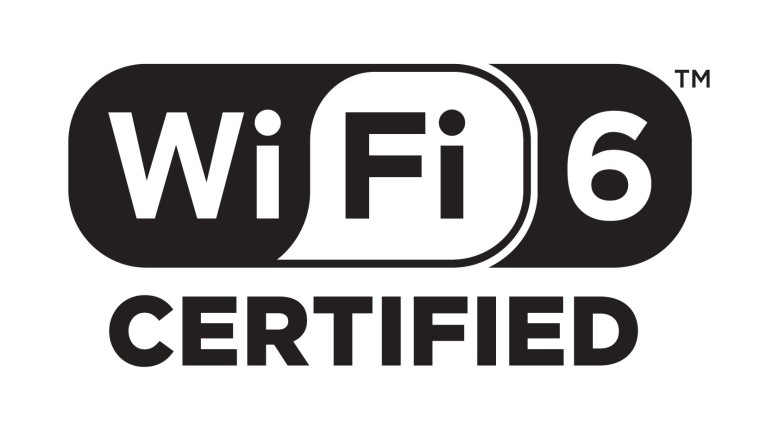
Wi-Fi 6, based on the 802.11ax standard, became very widespread last year, with the Wi-Fi Alliance starting to certify Wi-Fi 6 devices in September. Now, the latest version of the Wi-Fi standard could be expanding into a new spectrum for the first time in a while, adding 6GHz on top of the existing 2.4GHz and 5GHz variants.
In a press release today, the Wi-Fi Alliance announced new terminology to distinguish upcoming devices that support Wi-Fi 6 on the 6GHz spectrum - Wi-Fi 6E. As the organization notes, though, the 6GHz spectrum isn't yet available for Wi-Fi, as it's still pending regulatory approval around the world. Recently, FCC Chairman Ajit Pai expressed his intent to make the 6GHz spectrum available to Wi-Fi, so it seems possible that approval will come soon.
Phil Solis, research director at IDC, said that adoption is likely to ramp up very quickly due to the potential of the 6GHz spectrum for Wi-Fi:
"If the regulatory landscape permits, we expect companies to move forward aggressively with products that operate in 6 GHz because they understand the tremendous value brought to their customers by this portion of unlicensed spectrum (...). If spectrum is made available early this year, we expect momentum of products that support operation in 6 GHz to ramp very quickly. The capacity of 6 GHz is enormous and will be efficiently used by Wi-Fi 6 and newer versions of Wi-Fi. The U.S. is taking a big lead on the 6 GHz market, with Europe and APAC regions also exploring access to this band."
Once it receives regulatory approval, it's expected that smartphones and consumer access points will be the first devices to adopt the technology, followed by business access points. Wi-Fi 6E will be especially useful for AR and VR, according to the Wi-Fi Alliance. It also helps address the spectrum shortage for Wi-Fi, providing contiguous spectrum blocks that can accommodate 14 additional 80MHz channels and seven additional 160MHz channels.
As you might be aware, higher frequency spectrum can provide much faster speeds and more capacity, but it has lower range and gets blocked more easily by obstacles. As such, the 6GHz spectrum is likely to have very specific use cases, and shouldn't be a replacement for existing Wi-Fi spectrum. Of course, we'll only be able to see its benefits when Wi-Fi 6E is actually available, and right now, there's no clue as to when that will happen.


















69 Comments - Add comment